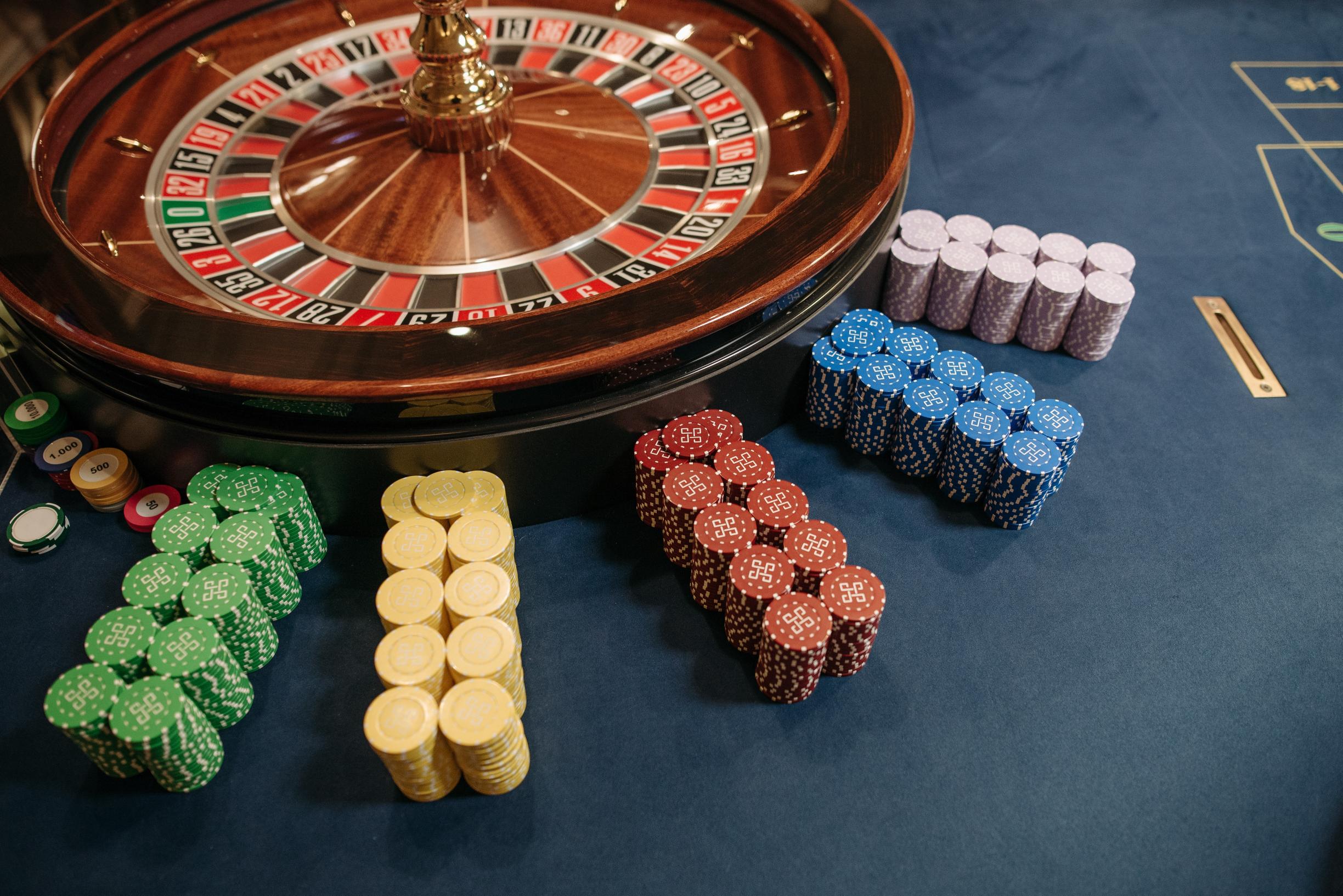Poker, beyond its surface allure of luck and bluffing, is an intricate dance of strategy, psychology, and statistics. For those who have ventured beyond the casual game, it becomes a mental battlefield—a realm where understanding deep tactics can separate a novice from a nuanced player. This guide is intended to peel back the surface of advanced deep poker (딥포커) strategy and provide insights into the fundamental principles that underpin a successful poker game at a strategic level.
The Power of Position
Position is everything in poker, especially in no-limit games. It’s not just about where you are in relation to the dealer — it’s about where that puts you in relation to the other players. In the late or ‘strong’ position, you have more information at your disposal, knowing how others have acted can significantly influence the strength of your hand. Conversely, in the early or ‘weak’ position, you are operating with less information, making the potential for loss higher. The key to mastering position is to be aggressive when ahead and incredibly cautious when in a blindspot.
Understanding Aggression
Aggression in poker can be a double-edged sword. On one hand, it can increase your control over the game, push out players with weaker holdings, and even win pots without a showdown. However, too much aggression can label you as a predictable, wild player. The trick to leveraging aggression effectively is to vary your game and use aggression as a tool, rather than as a strategy. Smart aggression, like well-timed bluffs or controlled betting that reflects a strong or weak position, can often reap rewards.
The Art of Bluffing
Bluffing is a quintessential aspect of poker that is often misunderstood. At the simplest level, a bluff is a bet or raise with a hand that has little to no chance of winning at showdown. But the best bluffs are well-timed, well-calculated, and often rely on your ability to tell a convincing story. This includes reading your opponents’ likely holdings and tendencies, as well as ensuring that your own betting patterns are difficult to read. A strategic approach to bluffing involves choosing the right targets — typically, those with a weaker grasp of the game or who have shown a propensity to fold.
Avoiding Tilt
Tilt is the nemesis of the seasoned poker player. Whether it’s caused by a string of bad luck, a bad beat, or even just a seemingly innocuous comment at the table, tilt can turn a sound strategy into a disaster. The key to avoiding tilt is to recognize when your emotions are beginning to impact your play and to take steps to counteract it. This might involve taking a break, changing tables, or employing a routine that helps you refocus. Additionally, building a strong mental game outside of the poker room can fortify you against the emotional swings that the game can provoke.
Mastering the Meta-Game
At its highest level, poker is not just about the cards you hold; it’s about the stories you tell with your bets. Meta-game, sometimes called the psychological aspect of poker, involves understanding and manipulating the psychological underpinnings of the game. This can include your table image, understanding your opponents’ tells, and altering your betting strategy to exploit the tendencies of your opponents. It is this psychological depth that truly separates the great players from the merely good ones.
In the end, poker is a skill game that rewards practice, study, and the capacity to think several moves ahead. By mastering the deeper strategies of position, aggression, bluffing, tilt control, and the meta-game, the aspiring poker player can take their game to unprecedented levels of success. It may be a game that is simple to learn, yet a lifetime isn’t long enough to master. But for those who relish the challenge of endless depth and complexity, the poker table remains an alluring canvas upon which to craft a strategic masterpiece.




